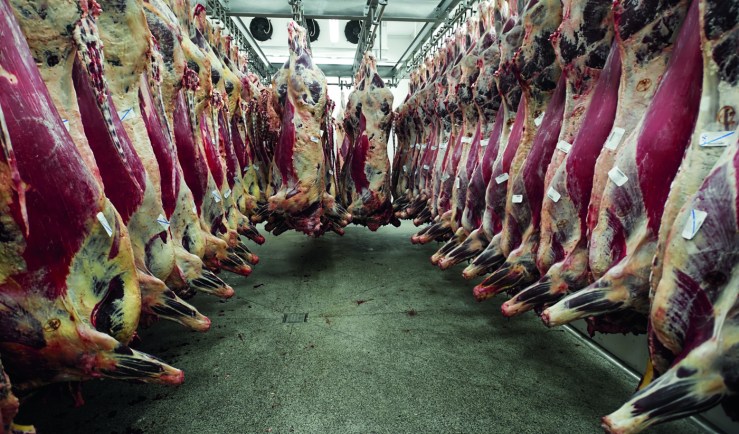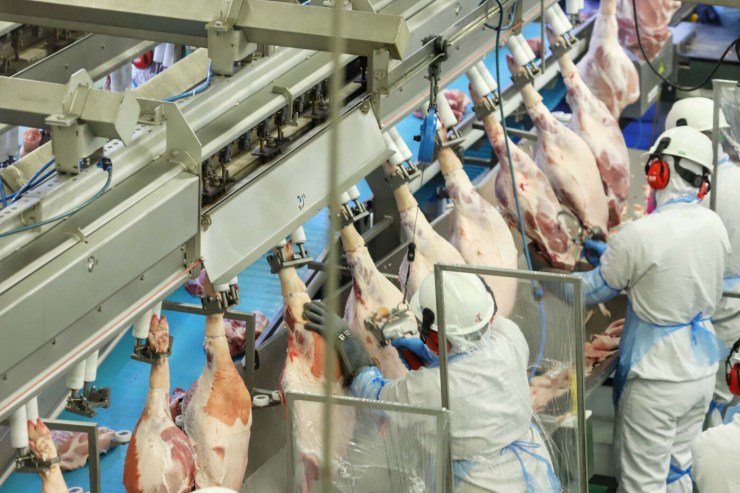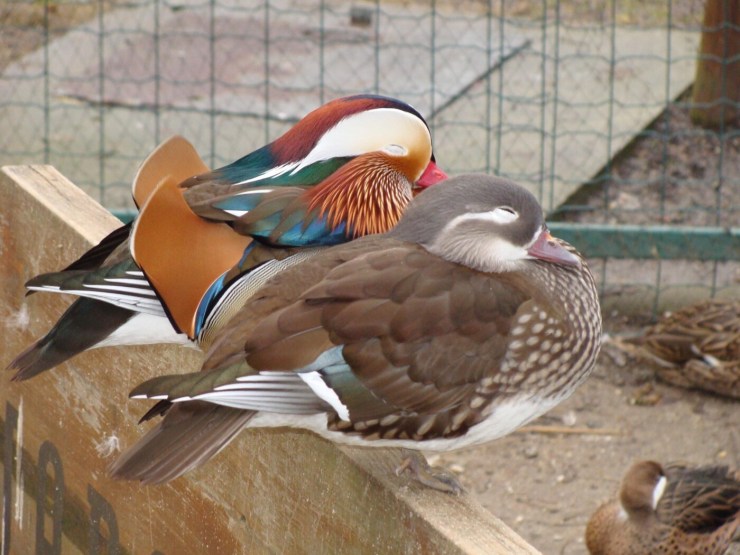Prices for beef cattle fell in May, a common trend during this harvest period. Despite strong exports, carcass prices on the domestic market fell, also influencing the decline in beef prices. On the other hand, calves rose a little more, hampering replacement for the finishing cattle.
Beef exports remained strong in April, setting a new record for the month with 242,000 fresh tons, 16% higher than the same month last year, despite five fewer business days. In the accumulated period from January to April 2025/24, growth was 13%. In addition, the average fresh shipment price increased 3% compared to March 2025, returning to US$$ 5,000 tons. Strong exports have been decisive in sustaining prices, especially because the supply of finished cattle remains strong this year.
Preliminary slaughter data from IBGE indicated an increase of 3.8% in the total slaughtered in the first quarter of 2025 compared to the same period of the previous year. However, meat production grew less (1.6%) due to the greater participation of females. Data from Indea/Imea, referring to April, indicated a percentage of females of 57%, higher than April 2024. In the accumulated total of the first four months, the total number of females slaughtered in Mato Grosso grew by 6% but the number of males fell by 9%, so that the total slaughtered in the state was 1% lower in the four-month period.
From a price perspective, beef cattle lost strength from the end of April, with the animal in São Paulo being traded at around R$ 300/Arroba on May 21, around 5% lower than at the beginning of the month. In addition to the good supply, typical of the time of year (harvest), the falling prices of beef carcasses have also restricted the recovery.
In addition to the fall in cattle prices, the movement of calves in the opposite direction drew attention, stable compared to the beginning of the month but with the partial average for May (up to the 21st) 4% higher than that of April, harming the exchange rate.






